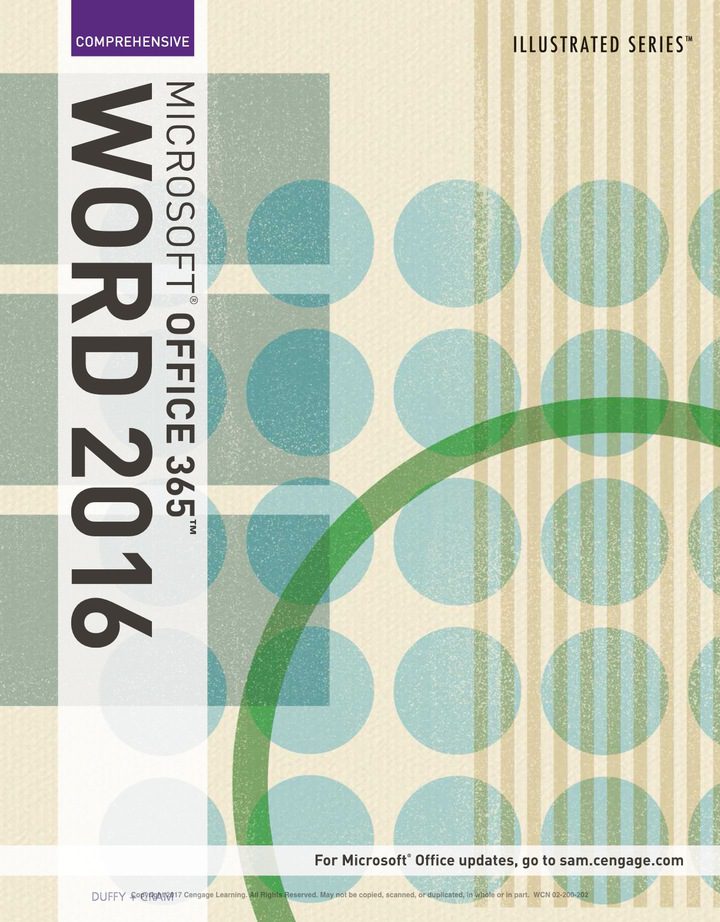William W. Lee, Diana L. Owens9780787970697, 0787970697
Multimedia-Based Instructional Design is a thoroughly revised and updated second edition of the best-selling book that provided a complete guide to designing and developing interactive multimedia training. While most training companies develop their training programs in many different technological delivery media¾computer-based, web-based, and distance learning technologies¾this unique book demonstrates that the same instructional design process can be used for all media. Using just one process reduces cycle time for course development¾and also reduces costs.Author Biography: William W. Lee is director of educational research and development at the National Headquarters of the American Heart Association in Dallas, Texas, providing leadership and consulting in the integration of technology into training as well as the design, development, and evaluation of training. Dr. Lee teaches at the University of Texas at Dallas in the Department of Management and Professional Development and the University of Oklahoma in its Professional Development Department. He is a well-known speaker at regional, national, and international conferences and was the 1997 recipient of the Distinguished Achievement Award from the Dallas, Texas, chapter of ASTD and the Penn State University College of Education Alumni Association Leadership and Service Award for his writing and speaking. Diana L. Owens is a consultant and principle owner of Training Consulting Softek, an independently owned company specializing in multimedia training development that has worked with clients such as Verizon Telecommunications, EDS, American Airlines, Blockbuster Video, and TGI Friday’s Corporation, among others. Owens was previously employed by EDS, Action Systems, Multimedia Learning, Inc., CAE Link, and the U.S. Air Force. “Finally, the book I have longed for is on the shelf! The second edition of Multimedia-Based Instructional Design, by William W. Lee and Diana L. Owens, is strong on practice, grounded in proven theoretical principles, and chock full of automated tools that make the instructional design process easy to learn and easy to apply.-Angela Benson, assistant professor, Department of Human Resource Education, University of Illinois, Urbana-Champaign “There are many books about the development of e-Learning but very few that answer the question ‘How do I do it?’ This book provides many answers to that question in a way that demonstrates both the authors’ knowledge of development theory as well as their practical, real-world mastery.-Thomas Toth, Certified Macromedia MX 2004 Developer and author, Technology for Trainers, and e-Learning designer and developer” |
Table of contents :
TeamLiB……Page 1
Cover……Page 2
CONTENTS……Page 11
List of Figures and Tables……Page 15
Acknowledgments……Page 19
Introduction: Getting the Most from This Resource……Page 21
PART ONE Multimedia Needs Assessment and Analysis……Page 34
1 Introduction to Multimedia Needs Assessment and Front-End Analysis……Page 36
2 Needs Assessment……Page 39
3 Front-End Analysis……Page 48
4 Audience Analysis……Page 51
5 Technology Analysis……Page 55
6 Situational Analysis……Page 61
7 Task Analysis……Page 64
8 Critical Incident Analysis……Page 69
9 Issue Analysis……Page 72
10 Objective Analysis……Page 75
11 Media Analysis……Page 88
12 Extant Data Analysis……Page 106
13 Cost Analysis……Page 110
14 Rapid Analysis Method……Page 114
PART TWO Multimedia Instructional Design……Page 124
15 Introduction to Multimedia Instructional Design……Page 126
16 Project Schedule……Page 137
17 Project Team……Page 142
18 Media Specifications……Page 149
19 Content Structure……Page 162
20 Configuration Control……Page 186
PART THREE Multimedia Development and Implementation……Page 192
21 Introduction to Multimedia Development……Page 194
22 Common Development Components……Page 204
23 Developing Computer-Based Learning Environments……Page 214
24 Developing Internet, Intranet, Web-Based, and Performance Support Learning Environments……Page 223
25 Developing Interactive Distance Broadcast Environments……Page 247
PART FOUR Multimedia Evaluation……Page 254
26 Introduction to Multimedia Evaluation……Page 256
27 Purpose of Evaluation……Page 260
28 Evaluation Strategy……Page 265
29 Evaluation Plan……Page 268
30 Measures of Validity……Page 278
31 Instrument Development……Page 285
32 Collecting and Analyzing Data……Page 298
APPENDIX A Project Management and Xegy™ Case Studies……Page 302
APPENDIX B Assessment and Analysis……Page 319
APPENDIX C Development and Implementation……Page 352
APPENDIX D Evaluation……Page 355
APPENDIX E Tools……Page 375
References……Page 462
Index……Page 466
About the Authors……Page 476 |







Reviews
There are no reviews yet.